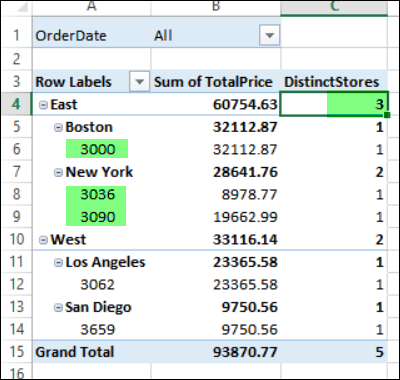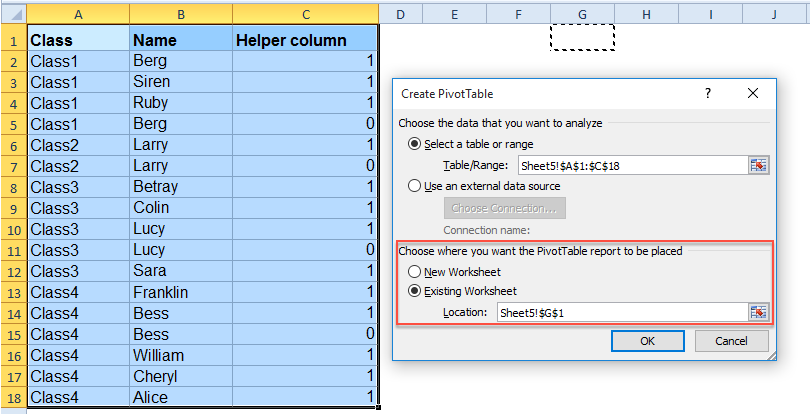

To produce a report by week, increase the number of days from 1 to 7. This enables the spin button for Number of Days. In the Grouping dialog box, clear all the By options and select only the Days field. Then select Group Field from the Analyze tab. Select any date heading in your pivot table. For example, you can check the paper or electronic calendar to learn that the nearest starting Sunday is December 31, 2023. You need to decide if weeks should start on Sunday or Monday or any other day. If your data starts on January 1, 2024, it is helpful to know that January 1 is a Monday that year. The first step is to find either a paper calendar or an electronic calendar, such as the Calendar feature in Outlook, for the year in question. It is also possible to group on a weekly or biweekly basis. The Grouping dialog box offers choices to group by second, minute, hour, day, month, quarter, and year. In its present state, this pivot table is not that fascinating it is telling you that exactly one record in the database has a total revenue of $23,990.įIGURE 4-50 If you fail to include the Year field in the grouping, the report mixes sales from last January and this January into a single row called January. When you put a text field in the Values area, you get a count of how many records match the criteria. A text field-Customer-is in the Values area.

The numeric field-Revenue-is in the Rows area. The pivot table in Figure 4-42 is quite the opposite of anything you’ve seen so far in this book. This can be useful for creating frequency distributions. The Grouping dialog box for numeric fields enables you to group items into equal ranges.

You can use the Power Pivot grid to define a hierarchy so you can quickly drill down on a pivot table or chart. Text entries can be grouped into territories. Numbers can be grouped into equal-size buckets. You can roll daily dates up to weeks, months, quarters, or years. Pivot tables have the ability to do roll-ups in memory. Grouping and creating hierarchies in a pivot table


 0 kommentar(er)
0 kommentar(er)
